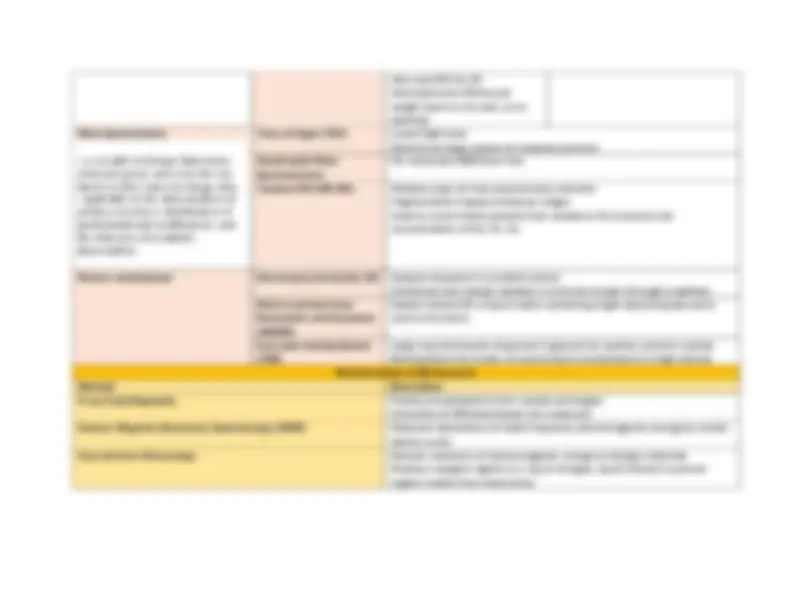



Study with the several resources on Docsity

Earn points by helping other students or get them with a premium plan


Prepare for your exams
Study with the several resources on Docsity

Earn points to download
Earn points by helping other students or get them with a premium plan
Community
Ask the community for help and clear up your study doubts
Discover the best universities in your country according to Docsity users
Free resources
Download our free guides on studying techniques, anxiety management strategies, and thesis advice from Docsity tutors
Summary of Protein Sequencing Techniques based on Harpers biochemistry
Typology: Summaries
1 / 2

This page cannot be seen from the preview
Don't miss anything!


Summary of protein sequencing techniques Primary Structure Determination Method Separation basis Separation Chromatography Size-exclusion (Gel Filtration)
Also uses SDS for 2D electrophoresis (Molecular weight basis on one axis, pI on another) Mass Spectrometry